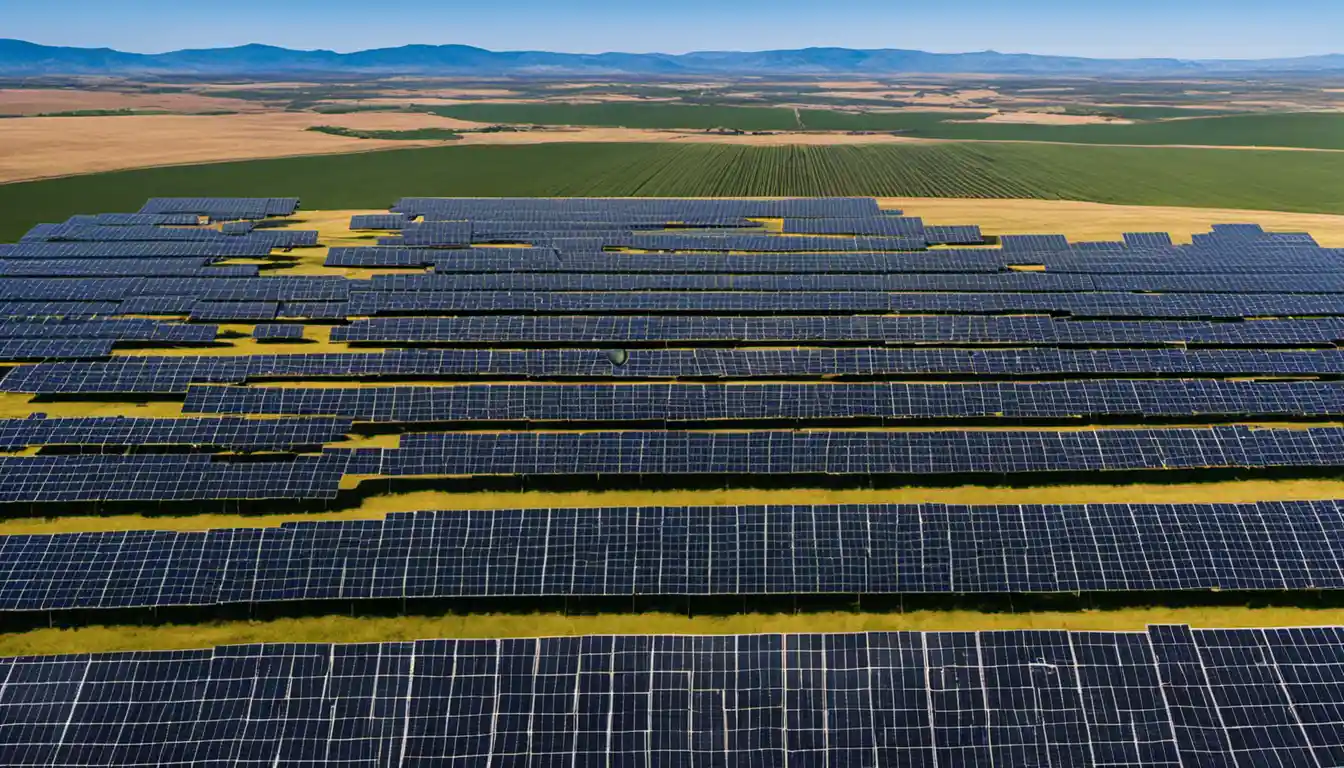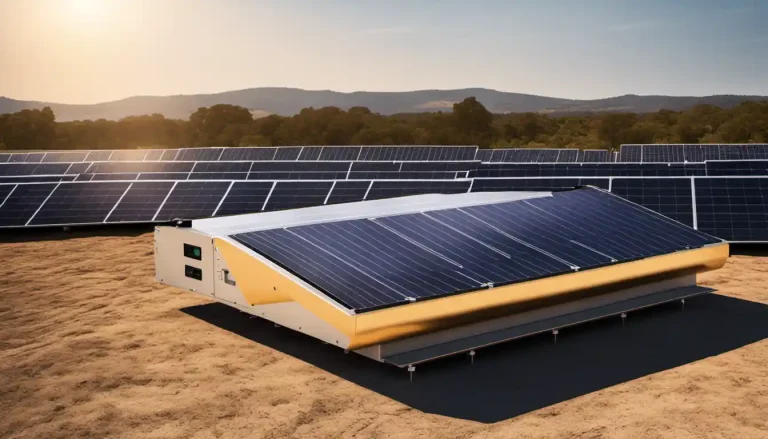Understanding MPPT in Solar Inverters
The function of Maximum Power Point Tracking (MPPT) in a solar inverter is to optimize the power output from the solar panels to the inverter. It continuously tracks and adjusts the operating points of the system to ensure it is drawing the maximum power possible. By doing so, MPPT greatly improves the performance and efficiency of the solar power system.
Function of MPPT in Solar Inverter
Diving deeper into ‘how does MPPT work in inverter’, imagine capturing every sunray on a cool morning and converting all that solar energy into electricity—we wouldn’t need any other power source, right? While that’s a dream scenario, what MPPT does come pretty close. MPPT optimizes the voltage at which panels operate, ensuring that even under less than perfect conditions (cloudy skies, dusk, or dawn), the system performance remains at peak. Now, that’s an ally we need in our fight for sustainability, isn’t it?
The Facilitation of Power Production by MPPT Solar Inverters

The power output from a solar cell is defined by its IV (Current-Voltage) curve, which essentially tells us how the current output from a module changes with changing voltage. Now imagine this curve like a hilly landscape, and the maximum power point like the highest peak in that landscape. The MPPT in your inverter is like an expert guide, always keeping your system at that peak—even when it shifts with clouds covering the sun.
The Quest for Maximum Power Point
While we have our expert guide (MPPT) to find the maximum power point, it’s not always a straightforward hike. Several external factors like variations in light intensity, ambient temperature, and even the age of the solar panels can change the location of this maximum point. But, MPPT is always on duty, adjusting and readjusting to ensure you’re still receiving the maximum power output.
Implications of MPPT for Battery Operation
Let’s picture the function of an MPPT in a solar inverter as a savvy financial manager. By constantly adjusting for maximum power point, it ensures you get the most power at any given time, just like a good manager would guarantee the best returns on your investment. That means, just like how an investment manager usually keeps an eye on stock markets, MPPT keeps an eye on sawing voltage levels, temperature changes, light conditions, and ensures your battery is charged optimally.
Single vs. Dual MPPT

Linking this into our journey metaphor, a single MPPT is like having an expert guide lead you through an uphill but straightforward path, efficiently. Dual MPPT, on the other hand, is akin to having two guides that can lead you up two peaks simultaneously. Essentially, if you have panels facing in different directions or at different inclinations, dual MPPT can manage the output from each set to get the best overall performance.
Multi MPPT Inverters
We’ve talked about Single and Dual MPPT, but the world of solar energy doesn’t stand still, and neither should your understanding. That brings us to the “all-terrain vehicles” of the solar power world – the Multi MPPT inverters. They take our efficient hiking guide to the extreme, allowing for multiple ‘guides’ to lead the way up different ‘hills’ on our IV curve, navigating changes in shading, orientation, or even panel type.
Comparison of MPPT and PWM
You might have also heard of another solar inverter technology called Pulse Width Modulation (PWM). But which one to choose? It’s like deciding between an automatic versus manual car. While both get the job done, an automatic (MPPT) might just make your life a tad easier, especially when dealing with complex terrains or climates.
Batteries and their Correspondience with MPPT Solar Inverter

Linking MPPT with battery power like 12V, 24V, or 48V, is like matching your car engine to the fuel you use. Just like you wouldn’t use diesel with a petrol engine, you wouldn’t use a 48V battery with a 12V solar inverter. Making the right ‘match’ guarantees you harness the maximum power from your solar installation.
Brief Overview of MPPT for Beginners
By now, if your mind is swimming in terms like ‘maximum power point’, ‘IV curve’, or ‘PWM’, let’s simplify all this solar talk. In essence, MPPT is your personal aid in your solar power system that ensures you are getting the highest possible power from your solar panels.
As we delve further into the world of renewable energy sources, understanding the technical aspects becomes paramount. I hope functions like MPPT, solar inverters, and their intricacies don’t puzzle you anymore.
Concluding Remarks
Harnessing solar power is like climbing on a mountain—the view (or in this case, the energy yield) gets better as you reach higher. MPPT is your skilled climbing partner that ensures you’re always on the best route. So, if someone asks you, ‘what is the function of MPPT in solar inverter,’ you’ll know that it’s not just a technical component; it’s an essential energy-maximizing tool.



